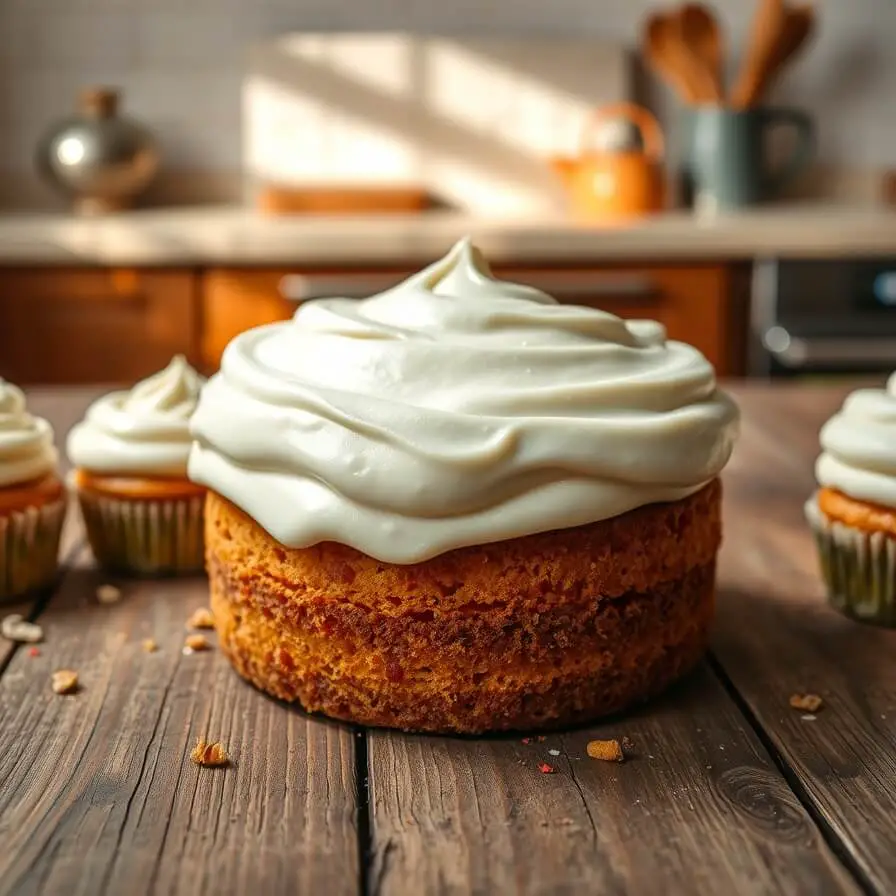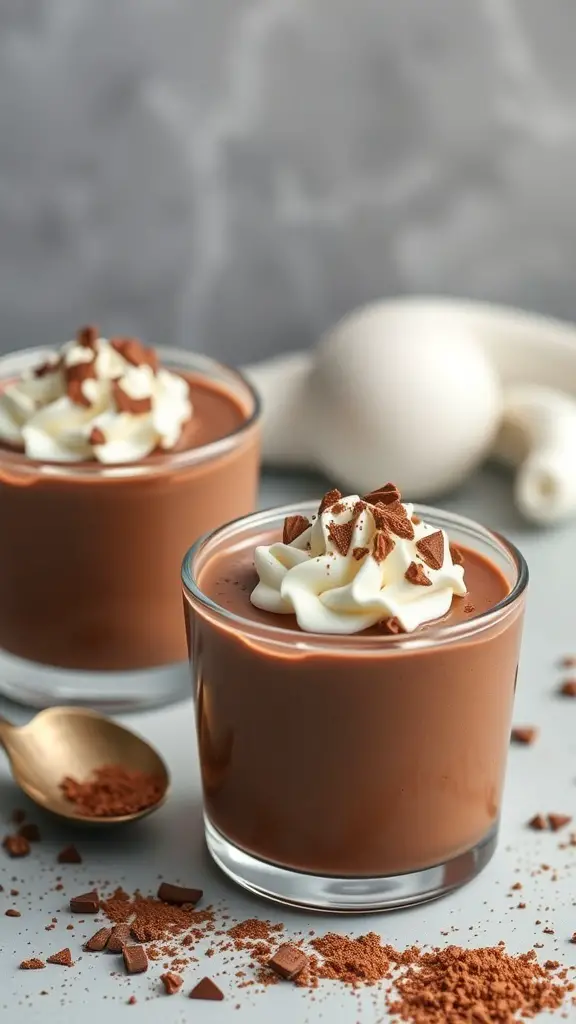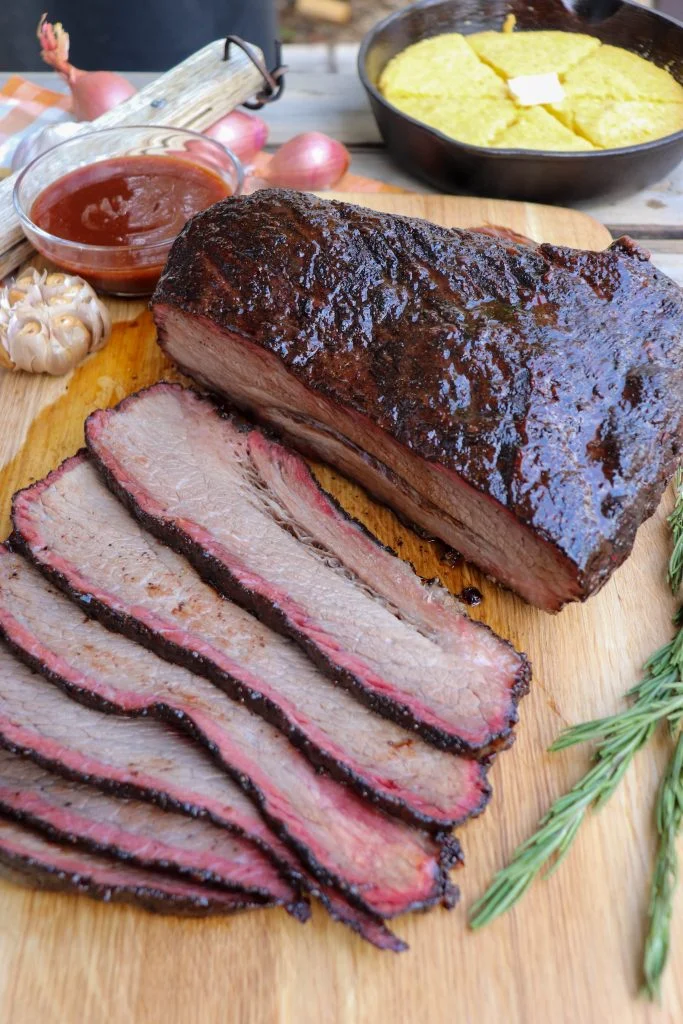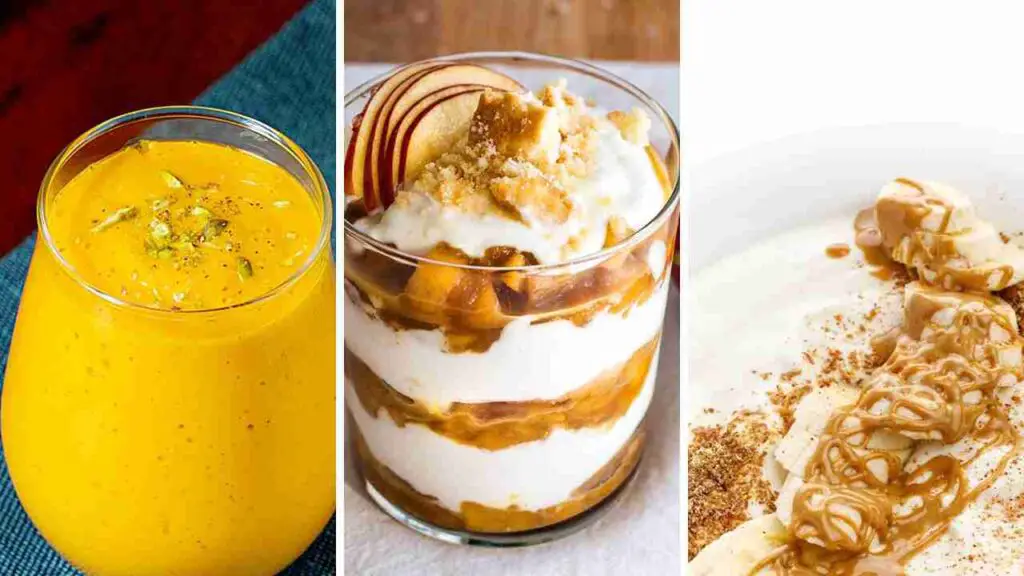Cream Cheese Frosting Recipe
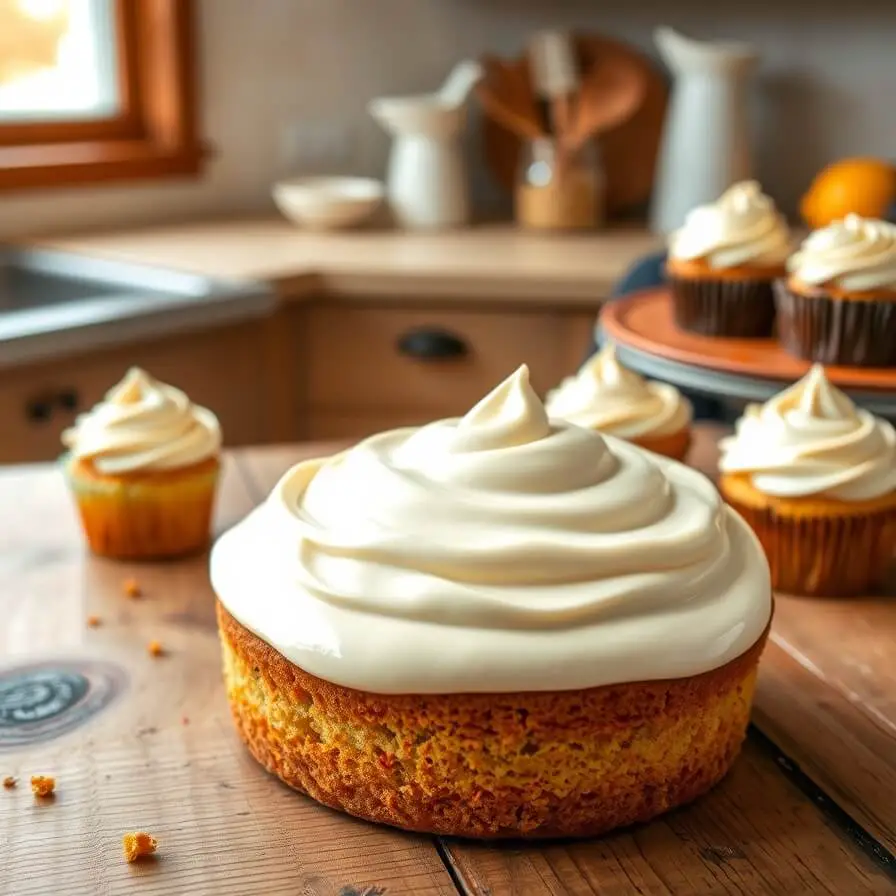
I still remember the first time I tried to make cream cheese frosting on my own. It was a rainy Saturday afternoon, the kind where you just want something cozy and sweet in the kitchen. I had baked a batch of carrot cupcakes, inspired by a local bakery I’d visited the week before. The kitchen smelled like cinnamon and vanilla, the air thick with warmth. I was feeling ambitious, so I grabbed the cream cheese from the fridge, sugar from the pantry, and thought, “How hard can frosting be?”
Fast forward twenty minutes later, and I had a slightly lumpy, overly sweet mess. But there was something about the tangy creaminess that made me keep trying. I adjusted, tasted, scraped, whipped, and in the end, I found the perfect balance: smooth, creamy, and just sweet enough to complement the cupcakes without overpowering them. Since that rainy day, cream cheese frosting has become my go-to for birthdays, holiday treats, and even spontaneous midnight baking sessions. It’s a frosting that feels homemade but indulgent, with a texture that’s almost silky, and a flavor that somehow manages to be rich without being heavy.
Making it isn’t just about mixing ingredients—it’s a small ritual. I love letting the cream cheese soften, hearing the mixer whir as sugar blends in, and sneaking little tastes along the way. Each batch reminds me of family gatherings, when my niece would insist on licking the bowl clean, leaving just a streak behind that made me laugh every time.
Quick Look at Cooking Time
Cream cheese frosting comes together surprisingly fast, which is why I always keep it in my baking arsenal. Here’s a snapshot of what you’re looking at:
- Prep time: 10 minutes
- Mixing time: 5–7 minutes
- Total time: 15–20 minutes
- Yield: Enough to generously frost a 9×13-inch cake or about 12–16 cupcakes
It’s one of those recipes that feels luxurious but is almost effortless. Once your ingredients are ready, the actual assembly is a breeze, which makes it perfect for those last-minute desserts or impromptu coffee afternoons.
Ingredients in Context
Now, let’s talk about what actually goes into this frosting and why each ingredient matters. Cream cheese is obviously the star—its tangy, slightly sour flavor balances the sweetness beautifully. I always use full-fat cream cheese because it gives the frosting that rich, velvety texture. Low-fat versions can work, but they tend to be a bit runny and lack the same depth of flavor.
Butter is next, and yes, it may seem indulgent, but it softens the tanginess and makes spreading the frosting silky smooth. I prefer unsalted butter, so I can control the sweetness better.
Powdered sugar is essential—it dissolves completely, leaving no gritty texture. I usually start with a smaller amount, taste, and add gradually to hit just the right sweetness.
Vanilla extract is the final magic touch. Even a teaspoon adds warmth and rounds out the flavors. For a fun twist, I sometimes use almond or maple extract, which transforms the frosting entirely without changing its core character.
Optional extras include a pinch of salt, especially if using unsalted butter, or a little lemon zest if you want a bright, fresh edge.
Why This Recipe Works
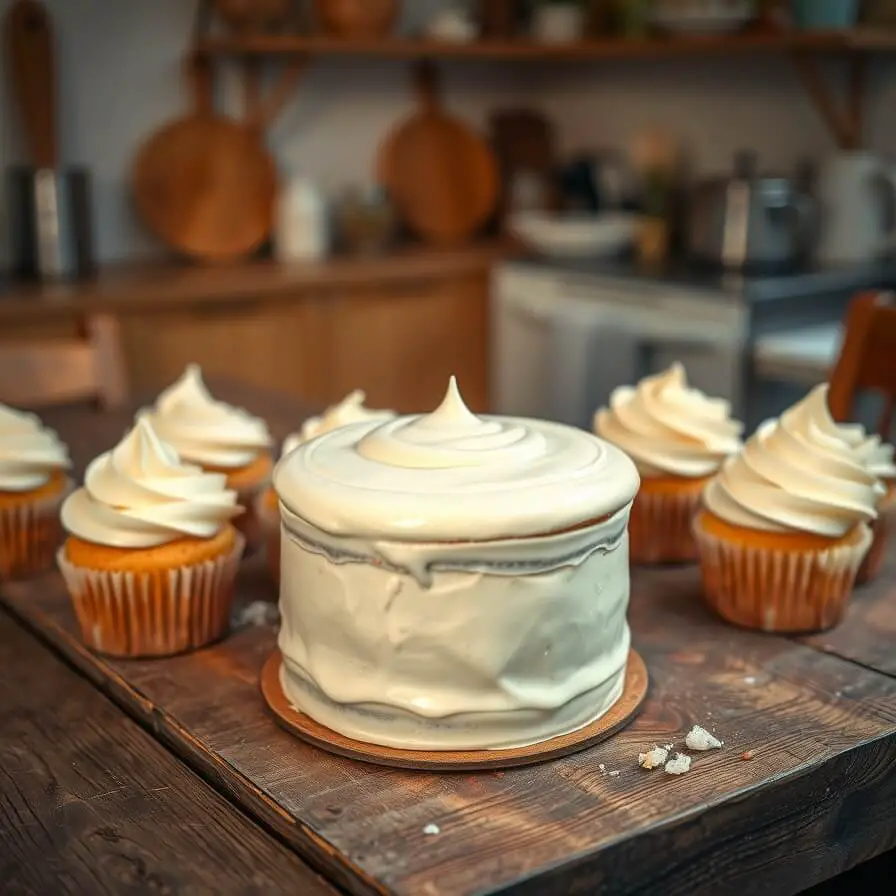
So what makes this cream cheese frosting so reliably good? It’s all about balance, texture, and timing.
First, the balance between tangy cream cheese and sweet powdered sugar creates that signature flavor. Too much sugar, and the frosting tastes cloying; too little, and it lacks that indulgent sweetness that makes you pause mid-bite.
Texture is the other secret. Whipping the cream cheese and butter until smooth ensures a light, airy frosting that spreads easily without tearing your cake or sliding off cupcakes. Temperature matters too—softened, not melted, cream cheese is crucial. Too cold, and it lumps; too warm, and it won’t hold its shape.
Finally, this recipe is incredibly forgiving. You can tweak sugar levels, add flavor extracts, or adjust consistency with a splash of milk or cream. It’s a recipe that allows for creativity without losing its foundation.
Step-by-Step Instructions
Here’s how I bring this frosting to life. I like to include sensory cues because they make the process feel less mechanical and more like baking meditations.
- Soften the cream cheese and butter. Leave them out at room temperature for 30–60 minutes. You want them soft enough to mix but still cold enough to hold their shape. Press lightly with your finger—it should leave a small indentation.
- Mix butter and cream cheese. Using a hand or stand mixer, beat the butter and cream cheese together on medium speed until smooth and creamy. You’ll notice a subtle glossy sheen as it starts to come together.
- Add powdered sugar gradually. Start with half of the sugar, mix until incorporated, then add the rest. This helps avoid a cloud of sugar dust in your kitchen and ensures smooth blending. Stop occasionally to scrape the sides of the bowl so every bit is incorporated.
- Add vanilla extract. Pour it in slowly and mix. The aroma will instantly lift the frosting—this is always the moment I take a little taste, even if I know I’ll ruin the spoon with frosting streaks.
- Adjust consistency if needed. If it feels too thick, add a teaspoon of milk or cream at a time until it reaches your desired spreadable texture. Too thin? Beat in a little more powdered sugar.
- Use immediately or chill. For spreading on cakes, cupcakes, or cookies, use it right away. If you need to store it, it will keep beautifully in an airtight container in the fridge for up to a week (more on storage in Part 2).
Substitutions & Adaptations
One of my favorite things about cream cheese frosting is how versatile it is. If you’re vegan, you can swap cream cheese and butter for plant-based alternatives—vegan cream cheese and coconut oil work well, though the flavor is slightly different.
For gluten-free diets, you don’t need to adjust anything—this frosting is naturally free from gluten. For a kid-friendly version, you can add a few drops of food coloring to match the theme of cupcakes or cakes.
For a tangier twist, a teaspoon of lemon juice or zest gives a fresh edge that pairs beautifully with carrot cake, red velvet, or even a simple vanilla sponge. If you prefer sweeter, a touch more powdered sugar will do, but always add gradually and taste.
Pairings and Presentation Tips
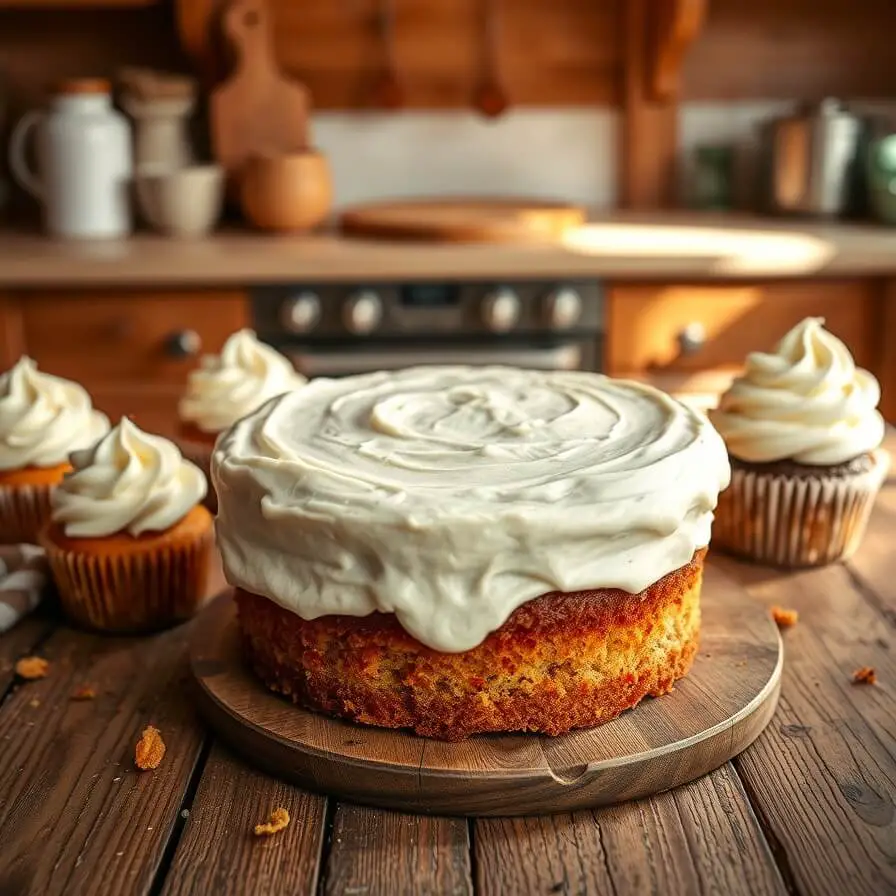
This frosting isn’t just a topping—it’s an experience. I love spreading a thick layer over a homemade carrot cake, letting it pool slightly around the edges. It also works wonderfully on classic red velvet cupcakes, banana bread, or cinnamon rolls.
Presentation makes a difference too. I usually pipe swirls for cupcakes with a star tip—it looks elegant but approachable. For cakes, a rustic spread with an offset spatula works beautifully, leaving peaks and ridges that catch the light. Sprinkle a few toasted nuts, grated chocolate, or a pinch of cinnamon on top for extra flair. Even a simple dusting of cocoa powder elevates it without overwhelming the flavor.
Pro Tips & Mistakes I’ve Learned the Hard Way
Over the years, I’ve made my fair share of frosting blunders. One time, I tried rushing the process by microwaving cream cheese to soften it—it curdled instantly. Lesson learned: patience pays. Always let your cream cheese and butter sit at room temperature before mixing.
Another common mistake is adding powdered sugar all at once. I used to do this, thinking it would speed things up, but it creates a cloud of sugar in your kitchen and makes it harder to get a smooth texture. The slow addition method not only avoids mess, it ensures that the frosting is silky and lump-free.
Whipping speed matters too. High speed might seem faster, but it can incorporate too much air, leaving the frosting soft and sometimes runny. Medium speed is ideal—it blends everything perfectly without over-aerating.
Finally, don’t forget to taste as you go. Everyone’s preference for sweetness differs. Start with less sugar than the recipe calls for, then adjust to your taste. It’s amazing how a small tweak can make a frosting perfect for your palate.
Common Questions About Cream Cheese Frosting
Even seasoned bakers have a few questions about this classic frosting. Here are some I get asked frequently:
Can I make cream cheese frosting ahead of time?
Absolutely. You can make it a day in advance and store it in an airtight container in the fridge. Let it come to room temperature and give it a quick whip before using.
Why is my frosting too runny?
Runny frosting usually means your cream cheese was too warm, or you whipped it too fast. Chill the frosting briefly and whip again on medium speed. Adding a bit more powdered sugar can also help firm it up.
Can I freeze cream cheese frosting?
Yes! Scoop it into an airtight container and freeze for up to three months. Thaw in the fridge overnight and whip it briefly before using.
Can I use low-fat cream cheese?
You can, but it tends to be less creamy and more watery. Full-fat cream cheese is best for the richest, silkiest texture.
Can I flavor cream cheese frosting differently?
Definitely. Vanilla is classic, but almond, maple, or lemon extracts work beautifully. Even a hint of cinnamon or cocoa powder can transform it.
Storage & Make-Ahead Tips
Storage is straightforward but worth emphasizing because texture and flavor matter so much with cream cheese frosting.
- Short-term: Store in an airtight container in the fridge for up to one week. Bring to room temperature and whip briefly before spreading.
- Long-term: Freeze in an airtight container for up to three months. Thaw in the fridge overnight, then beat until smooth.
- Travel tips: If you need to transport a frosted cake, chill it first. Cold frosting holds its shape better and reduces the risk of smudging.
One of my favorite tricks is to make the frosting slightly firmer if you know you’ll be piping designs. A firmer frosting holds its shape beautifully for cupcakes, borders, and decorative swirls.
Print
Cream Cheese Frosting Recipe
- Total Time: 15–20 minutes
- Yield: 12–16 1x
- Diet: Gluten Free
Description
This cream cheese frosting is smooth, tangy, and perfectly sweet. Ideal for cakes, cupcakes, and cookies, it’s easy to make and forgiving for beginners. With just a few simple ingredients—cream cheese, butter, powdered sugar, and vanilla—it’s a versatile frosting that elevates any dessert.
Ingredients
- 8 oz (225 g) full-fat cream cheese, softened
- 1/2 cup (115 g) unsalted butter, softened
- 3–4 cups (360–480 g) powdered sugar, sifted
- 1 tsp vanilla extract
- Pinch of salt (optional)
- 1–2 tsp milk or cream (optional, for consistency)
Instructions
- Let cream cheese and butter soften at room temperature for 30–60 minutes.
- Beat butter and cream cheese together on medium speed until smooth.
- Gradually add powdered sugar, mixing until fully incorporated.
- Add vanilla extract and a pinch of salt, if using, and blend until smooth.
- Adjust consistency with milk or cream, one teaspoon at a time, if needed.
- Use immediately or store in an airtight container in the fridge for up to a week.
Notes
- For vegan frosting, use plant-based cream cheese and butter alternatives.
- Add flavor extracts like almond, maple, or lemon for variety.
- Frosting can be frozen for up to three months; thaw overnight in the fridge and re-whip.
- Prep Time: 10 minutes
- Cook Time: 5–7 minutes
- Category: Dessert
- Method: Mixing
- Cuisine: American
Nutrition
- Serving Size: 12–16
- Calories: 140
- Sugar: 17g
- Sodium: 55mg
- Fat: 7g
- Saturated Fat: 4g
- Unsaturated Fat: 3g
- Trans Fat: 0g
- Carbohydrates: 18g
- Fiber: 0g
- Protein: 1g
- Cholesterol: 20mg

